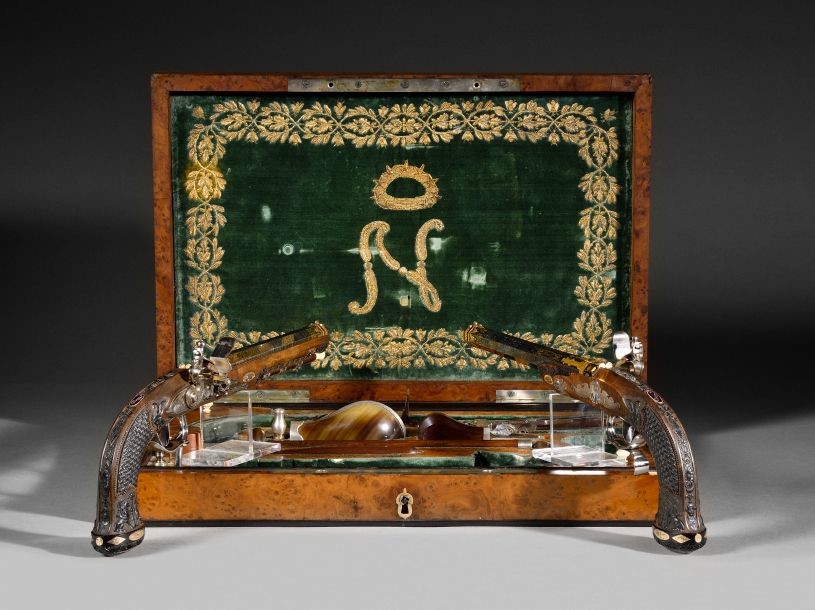Napoleon Bonaparte, one of history’s most renowned military leaders, rose to prominence during the French Revolution and became Emperor of France. His ambitious campaigns and strategic prowess expanded the French Empire across much of Europe. However, his invasion of Russia in 1812 marked the beginning of his downfall. Despite initial successes, the harsh Russian winter and scorched-earth tactics devastated his army. Napoleon’s eventual defeat led to his abdication and exile, first to Elba and later to Saint Helena, where he died in 1821.
In April 1814, following a series of battles against a coalition of European states formed in response to his Russian campaign, Napoleon faced defeat. Despite winning several battles, Paris fell to the allied coalition on March 31, 1814. In the days following this loss, Napoleon’s mental state deteriorated, and he considered suicide. His friend and squire, Armand de Caulaincourt, recalled that Napoleon “had been talking about how to kill himself for days” and frequently examined his pistols, removing bullets from his nécessaire. Eventually, after signing the Treaty of Fontainebleau, Napoleon attempted to kill himself using poison. He survived the attempt, abdicated, and was exiled to Elba, an island off the Italian coast.
Recently, two flintlock Gossard pistols once owned by Napoleon were sold at auction; they were the ones he had given to Caulaincourt after his suicide attempt. The pistols were displayed in a Burr walnut box with ebony inlay. Both the box and the guns bear Napoleon’s cipher.
Just a week before the pistols were to be auctioned, the French government declared them a national treasure, meaning that they could not leave France. That did not deter the bidding war that ensued. The guns were initially valued at an estimated €1.2M-€1.5M ($1.3M-$1.63M) and finally hammered down at €1.35M ($1.47M) (€1.69M—$1.83M w/p).

